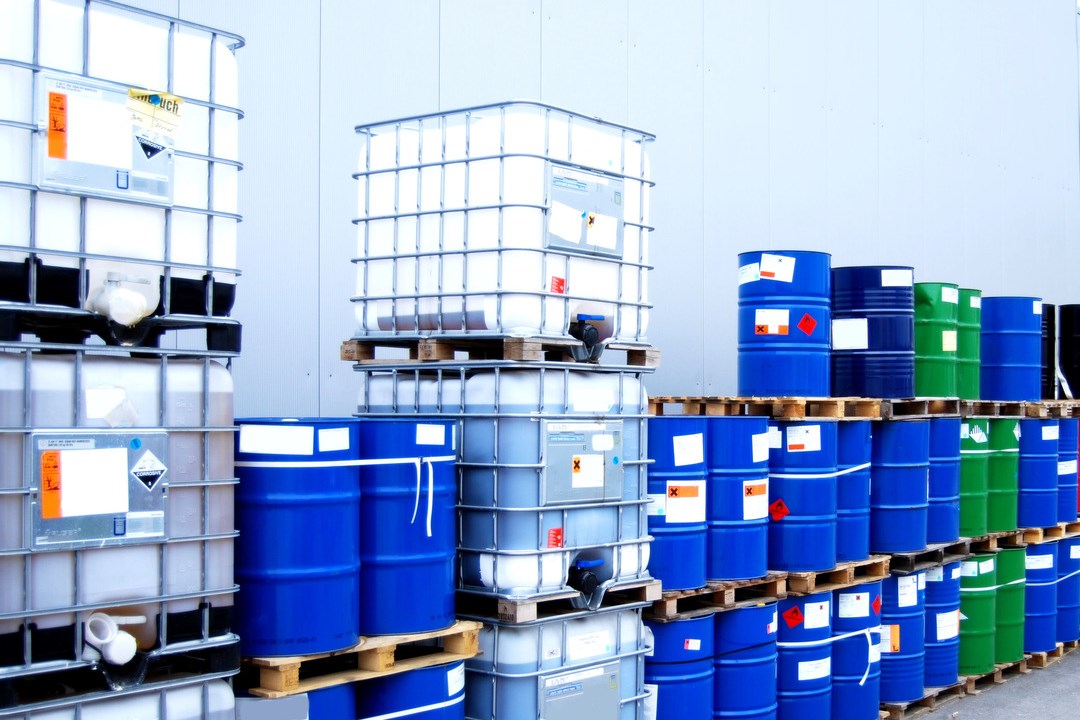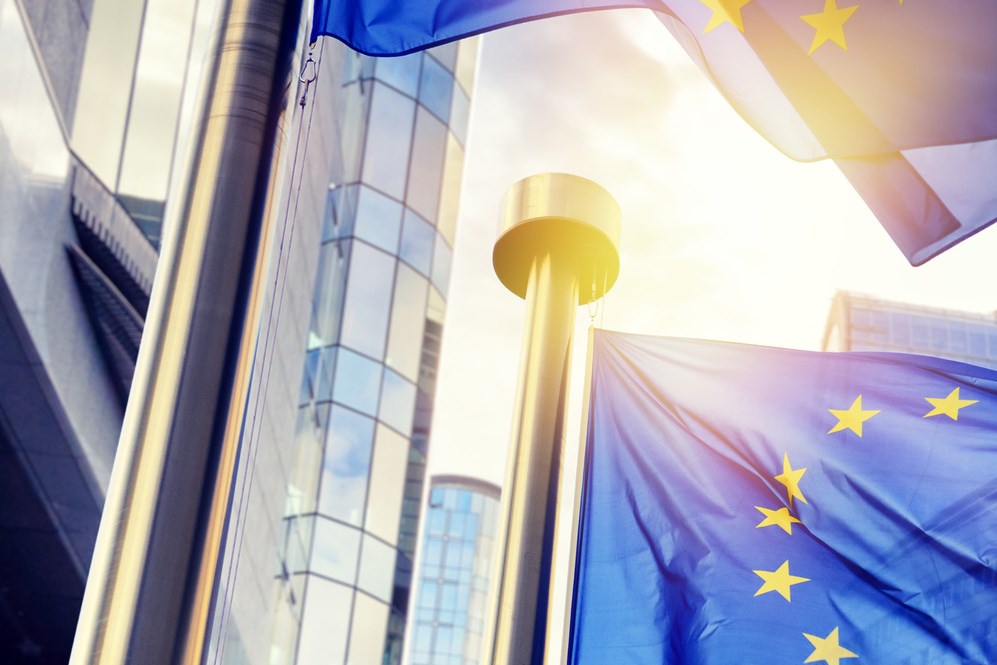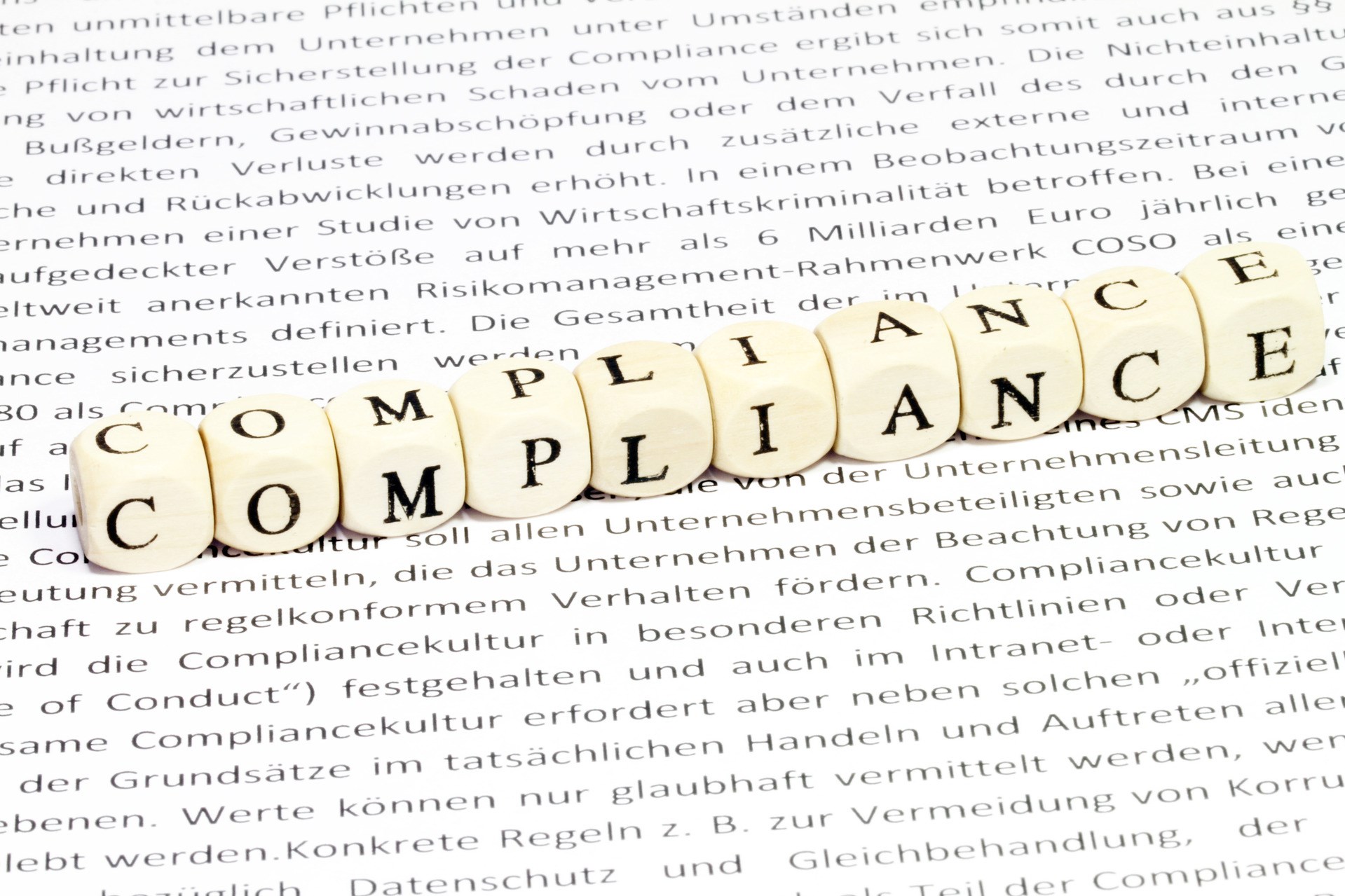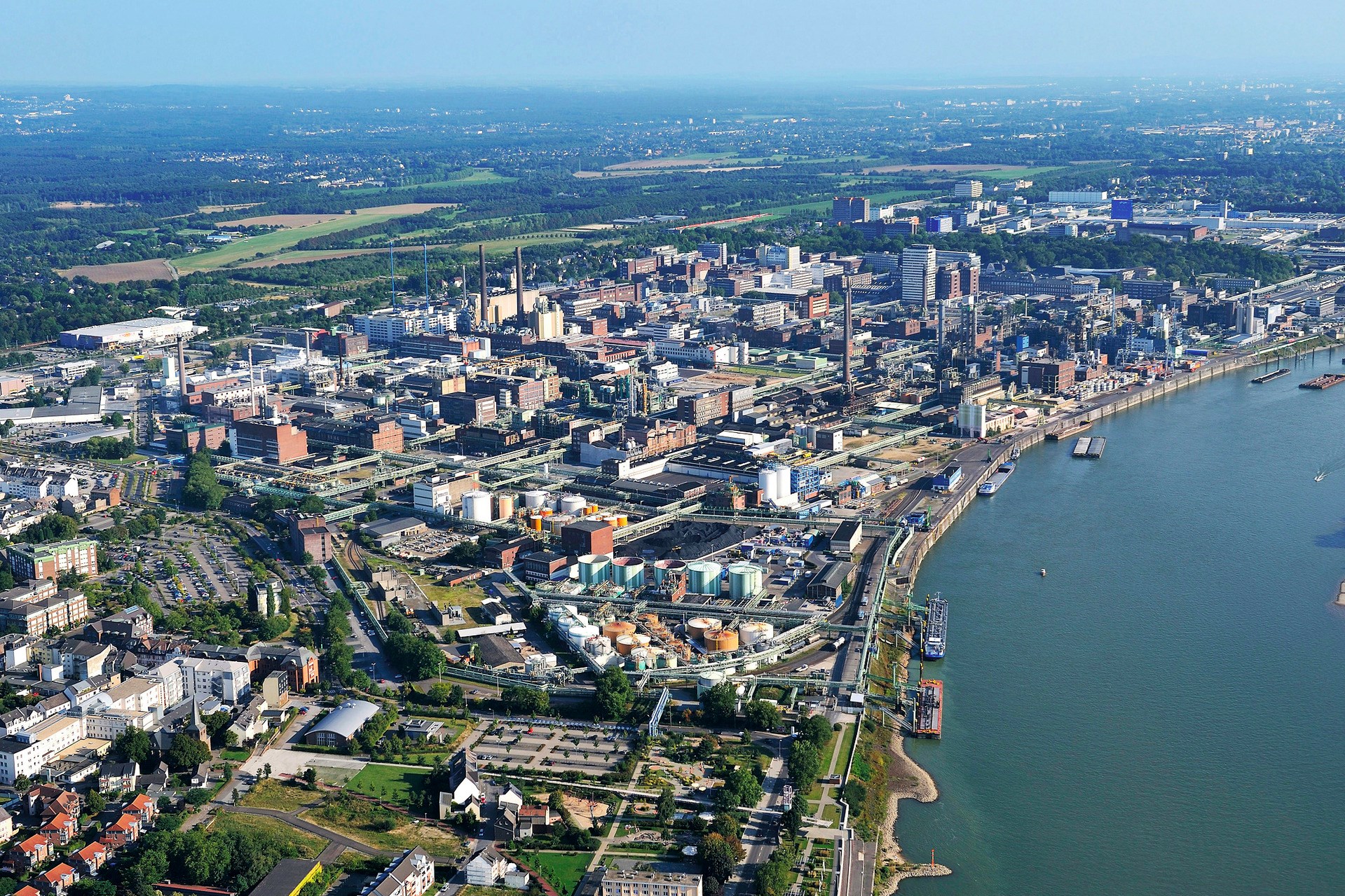Renewable energies:
Picking up the pace
Picking up the pace
2045 is the new 2050. Germany is to become carbon-neutral five years sooner than planned. The federal government has tightened climate regulations, giving renewable energies a pivotal role to play. And that is exactly where the problem lies.
The EEG 2021 renewable energy legislation took effect at the start of the year and stipulates a clear target for the amount of renewable energy that is to be used. Green power is to account for 65 percent of all electricity by 2030 – higher than previously planned. Now, though, the circumstances have changed. In March, the Federal Constitutional Court declared the current targets of the climate legislation passed in 2019 to be unconstitutional because they did not include clearly defined specifications for greenhouse gas emissions after 2030. The federal government revised the climate legislation in record time, resulting in the plan for carbon neutrality now to be achieved by 2045 rather than 2050 thanks to a plan that is to unfold in stages. By 2030, the energy sector is to produce a third less CO2 than was previously planned and consume only 108 million metric tons of CO2 equivalents instead of 175. The permitted figure for industry has been tightened from 140 million metric tons to 118.
Fewer approvals for wind turbines
However, it will be possible to meet these targets only if the expansion of renewable energies is accelerated, rather than stagnating as is currently the case. There has been a significant decline in the number of onshore wind turbines being erected in recent years. Across Germany, only around 770 turbines were approved in 2020, which represents a drop of 40 percent relative to 2015. Provisional calculations for the first half of 2021 by the Zentrum für Sonnenenergie- und Wasserstoff-Forschung Baden-Württemberg (ZSW), a center for solar energy and hydrogen research, and the Bundesverband der Energie- und Wasserwirtschaft (BDEW), an energy and water industry association, show just how critical and completely unpredictable the situation is. Green power accounts for just 43 percent of gross electricity consumption in Germany. In the same period of last year, it was around 50 percent. This discrepancy illustrates the fact that there is still a considerable gap between ambition and reality.
Demand for green electricity on the rise
So if the transition to a more environmentally friendly society is to succeed, there needs to be a reversal in the current trend, according to the IN4Climate.NRW initiative in its position paper entitled "Renewable Energies." There will have to be rapid expansion in offshore wind energy and photovoltaics, because industry needs a lot of green power. Industry already consumes around half of all electricity in Germany, at roughly 500 terawatt-hours. The electrification of various energy-intensive processes will also require extra electricity from renewable sources. According to VCI calculations, the technical feat of achieving carbon neutrality in chemical and pharmaceutical production by 2050 will need more than 600 terawatt-hours of renewable electricity. Now that the target is 2045, it will be necessary to step up another gear in terms of expanding supply.
Fewer approvals for wind turbines
However, it will be possible to meet these targets only if the expansion of renewable energies is accelerated, rather than stagnating as is currently the case. There has been a significant decline in the number of onshore wind turbines being erected in recent years. Across Germany, only around 770 turbines were approved in 2020, which represents a drop of 40 percent relative to 2015. Provisional calculations for the first half of 2021 by the Zentrum für Sonnenenergie- und Wasserstoff-Forschung Baden-Württemberg (ZSW), a center for solar energy and hydrogen research, and the Bundesverband der Energie- und Wasserwirtschaft (BDEW), an energy and water industry association, show just how critical and completely unpredictable the situation is. Green power accounts for just 43 percent of gross electricity consumption in Germany. In the same period of last year, it was around 50 percent. This discrepancy illustrates the fact that there is still a considerable gap between ambition and reality.
Demand for green electricity on the rise
So if the transition to a more environmentally friendly society is to succeed, there needs to be a reversal in the current trend, according to the IN4Climate.NRW initiative in its position paper entitled "Renewable Energies." There will have to be rapid expansion in offshore wind energy and photovoltaics, because industry needs a lot of green power. Industry already consumes around half of all electricity in Germany, at roughly 500 terawatt-hours. The electrification of various energy-intensive processes will also require extra electricity from renewable sources. According to VCI calculations, the technical feat of achieving carbon neutrality in chemical and pharmaceutical production by 2050 will need more than 600 terawatt-hours of renewable electricity. Now that the target is 2045, it will be necessary to step up another gear in terms of expanding supply.

Expanding to resolve shortfalls in green power
Claudia Kempfert from the German Institute for Economic Research pointed out that targets for additional capacity would have to be quadrupled or even sextupled. At least 20 gigawatts of solar power and almost 10 gigawatts of wind energy would have to be added every year to prevent shortfalls in green power and hit climate targets. "However, the federal government has totally put the brakes on expansion and is ignoring rising demand for electricity. Consequently, we're knowingly walking straight into a yawning gap in the supply of green electricity, which means that we're going to end up sitting in the dark at some point if we don't want to break the Paris Agreement," she warned.
Helping out with the transformation
LANXESS, too, is calling for an increase in capacity and picking up the pace on its own environmental efforts. The Group has set itself the bold objective of achieving carbon-neutral production by 2040. LANXESS therefore supports the ambitious climate targets but is also expecting support in their implementation. One example is relief for energy-intensive companies, which has proved effective and gives these companies certainty with regard to their planning and facilities. The chemical industry needs green power, but it cannot bear the cost of its production alone. The government needs to step in.
Claudia Kempfert from the German Institute for Economic Research pointed out that targets for additional capacity would have to be quadrupled or even sextupled. At least 20 gigawatts of solar power and almost 10 gigawatts of wind energy would have to be added every year to prevent shortfalls in green power and hit climate targets. "However, the federal government has totally put the brakes on expansion and is ignoring rising demand for electricity. Consequently, we're knowingly walking straight into a yawning gap in the supply of green electricity, which means that we're going to end up sitting in the dark at some point if we don't want to break the Paris Agreement," she warned.
Helping out with the transformation
LANXESS, too, is calling for an increase in capacity and picking up the pace on its own environmental efforts. The Group has set itself the bold objective of achieving carbon-neutral production by 2040. LANXESS therefore supports the ambitious climate targets but is also expecting support in their implementation. One example is relief for energy-intensive companies, which has proved effective and gives these companies certainty with regard to their planning and facilities. The chemical industry needs green power, but it cannot bear the cost of its production alone. The government needs to step in.




